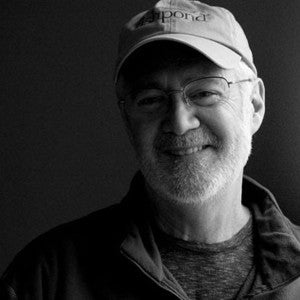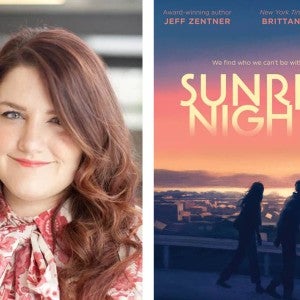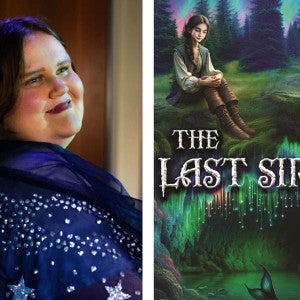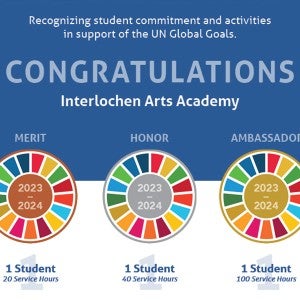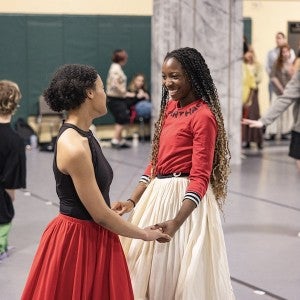Rear ends and backyard hens: Interlochen alumni shake up the world of nonfiction
Their new books “Butts: A Backstory” and “Under the Henfluence” have garnered critical acclaim—and started lively conversations.
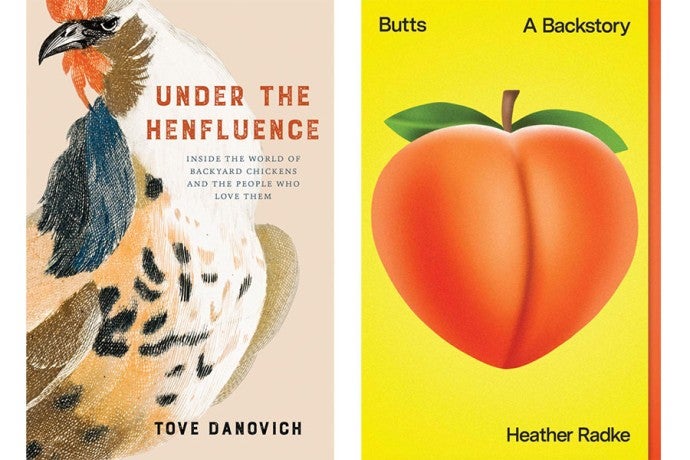
Just when you thought there was a book about every subject under the sun, Heather Radke (IAC 95-96) and Tove Danovich (IAA 04-08) are turning heads and starting conversations with their new books. Butts: A Backstory and Under the Henfluence: Inside the World of Backyard Chickens and the People Who Love Them boldly explore two subjects that are rarely addressed in the world of nonfiction.
Here, the authors discuss the inspiration for their books and share how Interlochen gave them the skills they needed to push the boundaries with their writing.
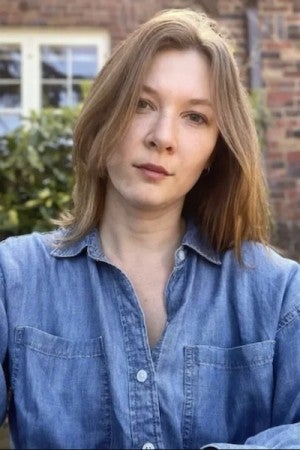
Tove Danovich
Tove Danovich shares her backyard hen house with the world
When freelance journalist Tove Danovich bought baby chicks in 2018, she wasn’t expecting that the three miniature balls of fluff would become her greatest inspirations.
“I wasn't planning on writing about them at all, certainly not a book,” she says. “I didn't really think that I would fall in love with them the way I did. This whole thing has been a surprise.”
The chicks—christened Joan, Peggy, and Betty after characters from the Mad Men television series—fascinated Danovich with their unique personalities and endearing habits. Curious about the animals she’d adopted, Danovich headed to her local library and started checking out books. She soon realized that there was a gap in the literature available about backyard chickens.
“All I was finding were a lot of DIY books or books that took a drier, more historical lens. Or I would find a memoir that was like, ‘Let me tell you about my specific chicken.’ I wanted so deeply to read something that clearly wasn't out there—a book that combined all of these things and also talked about the chicken as a species.”
Fortunately, Danovich’s strong background in writing gave her all the skills she needed to bring her vision to life. In the four years of high school she spent at Interlochen Arts Academy, she developed a reputation for being a prolific writer who would drop off ten poems at a time for her instructors to review.
My instructors at Interlochen were so supportive. It felt like someone was waiting for me to make the next great thing.
“I was always writing a lot more than some of the other people in the program. In a normal case, most people would say, ‘I have other things to do. I can't just read all of your poems all day long.’ But my instructors at Interlochen were so supportive. It felt like someone was waiting for me to make the next great thing.”
After Interlochen, Danovich attended Eugene Lang College of Liberal Arts at The New School to study journalism. Post-college years inspired her to start her own food publication, which she ran for several years. Her work has since been featured in The New York Times, The Washington Post, The Ringer, Eater, NPR, Vox, and more.
When she published Under the Henfluence, her nonfiction debut, she was amazed by the warm response the book received. Publisher’s Weekly praised it, and Danovich’s book tour found an especially positive reception among the followers of her Instagram account, @bestlittlehenhouse. The account currently boasts 130K followers.
“Maybe this is changing, but I think people don't want to admit just how much they love their chickens,” says Danovich. “But once I opened the door with this book and with my Instagram account, I realized that people are thrilled to be able to talk about the deep love that they have for these animals to someone who won't look at them strangely.”
Her writing journey has been rewarding, but perhaps the best part so far was the surprising tribute she received from her readers.
“I've had a couple of people name their chickens after me, which is the greatest honor and something I never expected would happen,” Danovich laughs. “At least three chickens that I know of have been named Tove, and I wish them all the best!”
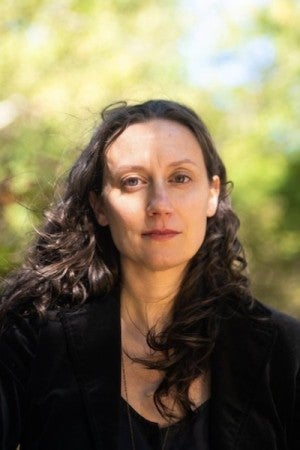
Heather Radke. Photo credit: Ye Fan
Heather Radke tackles issues of gender and race in a cultural history of the butt
When Heather Radke was growing up in mid ‘90s Lansing, she was constantly aware of the prevailing beauty standard—a slender, Kate Moss-esque physique. It was a look that made Radke feel inadequate: “I had a big butt and my mom had a big butt and I always felt ashamed of it,” she says.
Over the next 20 years, however, Radke watched fashion shift in a completely different direction. All of the sudden, everyone wanted to emulate Kim Kardashian’s generous curves. Radke struggled to make sense of the change. “I was interested in understanding how a body part could basically come in and out of fashion,” she says.
This question drove the research for Radke’s latest book, Butts: A Backstory—a sometimes-humorous, sometimes-serious cultural history that explores our perception of the female butt over the centuries. The book delves into everything from evolutionary biology to the “Buns of Steel” fitness craze. According to Radke, the female butt has taken on a host of meanings, some of which have been harmful to certain groups.
“Women's butts are always metaphors for a lot of other things that are happening at any given moment,” she says. “There are questions of racial categorization and creating imagined racial hierarchies. There are questions of fitness and gender expression.”
Women's butts are always metaphors for a lot of other things that are happening at any given moment.
One woman’s story takes center stage in Radke’s account. Sarah Baartman, a young Khoikhoi woman born in South Africa, was exhibited at London freak shows in the early 19th century. Popular cartoons exaggerated her large posterior, and crowds came to see the so-called “Hottentot Venus” for themselves.
“When she died in Paris, a very famous scientist named George Cuvier did her autopsy and used that report as ‘evidence’ for why black people, and black women specifically, were not full human beings,” Radke recounts. “He linked big-buttedness and big-butted black women with the stereotype of hypersexuality. In that way, I think it's very clear that big butts are part of the history of racial categorization and racial atrocity.”
Radke’s wide-ranging approach to her topic is no surprise, given her creative background. She studied history at the University of Michigan and went on to earn an MFA in nonfiction from Columbia University. Long before that, though, she explored general arts and flute at Interlochen Arts Camp. It was the perfect place to nurture her burgeoning imagination.
“One of the things that was so great about being young at Interlochen was the creative freedom you can access as a kid before there's a lot of pressure to be good or competitive,” Radke remembers. “Especially in classes that weren't in my major, it was a really exciting and fulfilling way to experience artmaking.”
In the years since then, she’s published her work in The Paris Review Daily, The Believer, Guernica, Topic, Longreads, The White Review, and more. As her latest venture, Butts has earned Radke considerable attention from critics. But Radke has no problem with touching a cultural nerve, especially if it helps reframe the conversation.
“Anytime a certain kind of body ideal comes into being, you're really saying that some people are beautiful and some people are not beautiful,” she comments. “No matter how that gets divided, somebody's being left out, and it's creating hierarchies of attraction and beauty and which bodies are ‘better’ than other bodies. I think that's always going to cause harm.”
Radke sees hope for change: “I do think there's much more of a counter-narrative now,” she says.
Learn more about Interlochen Arts Academy and Interlochen Arts Camp.
